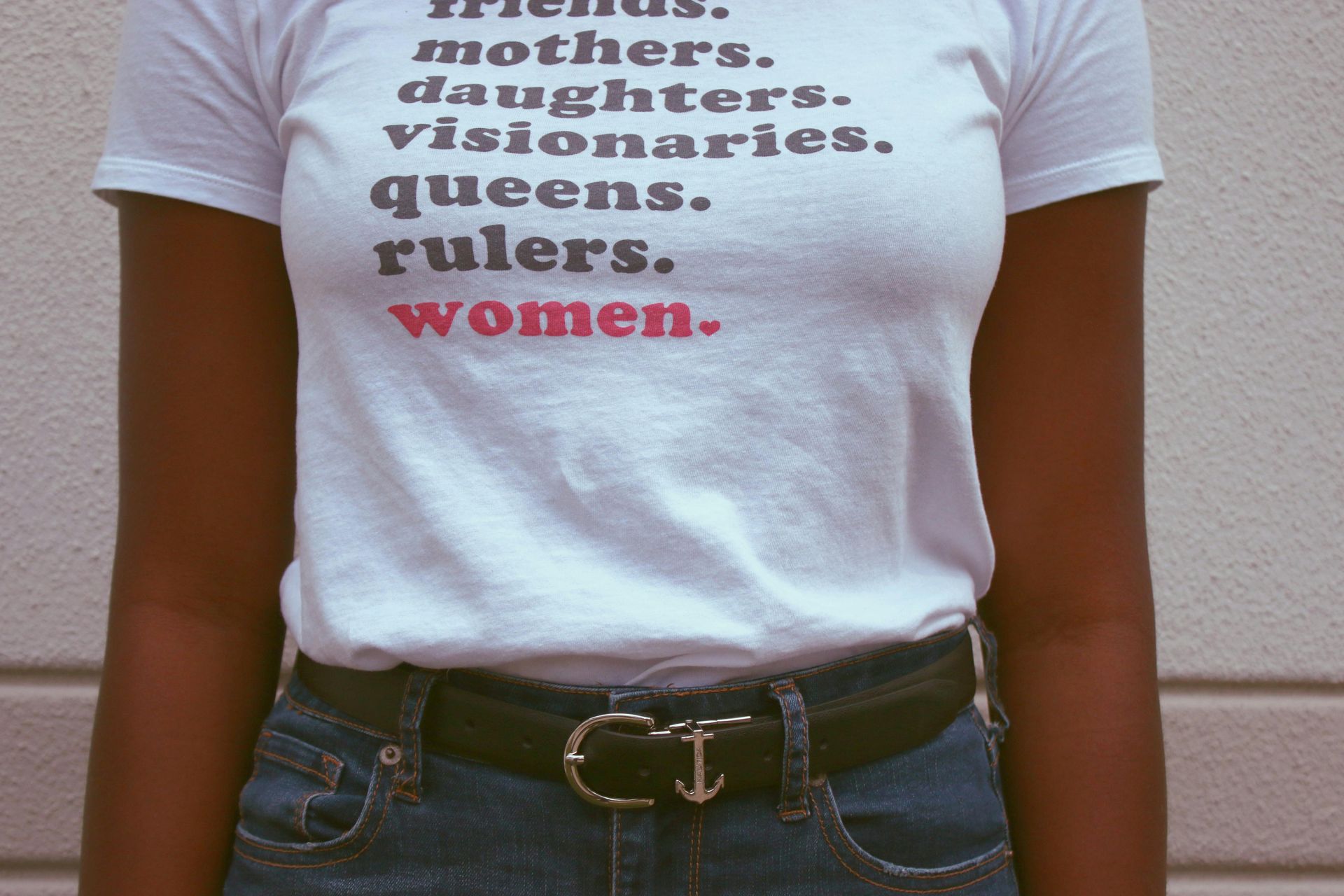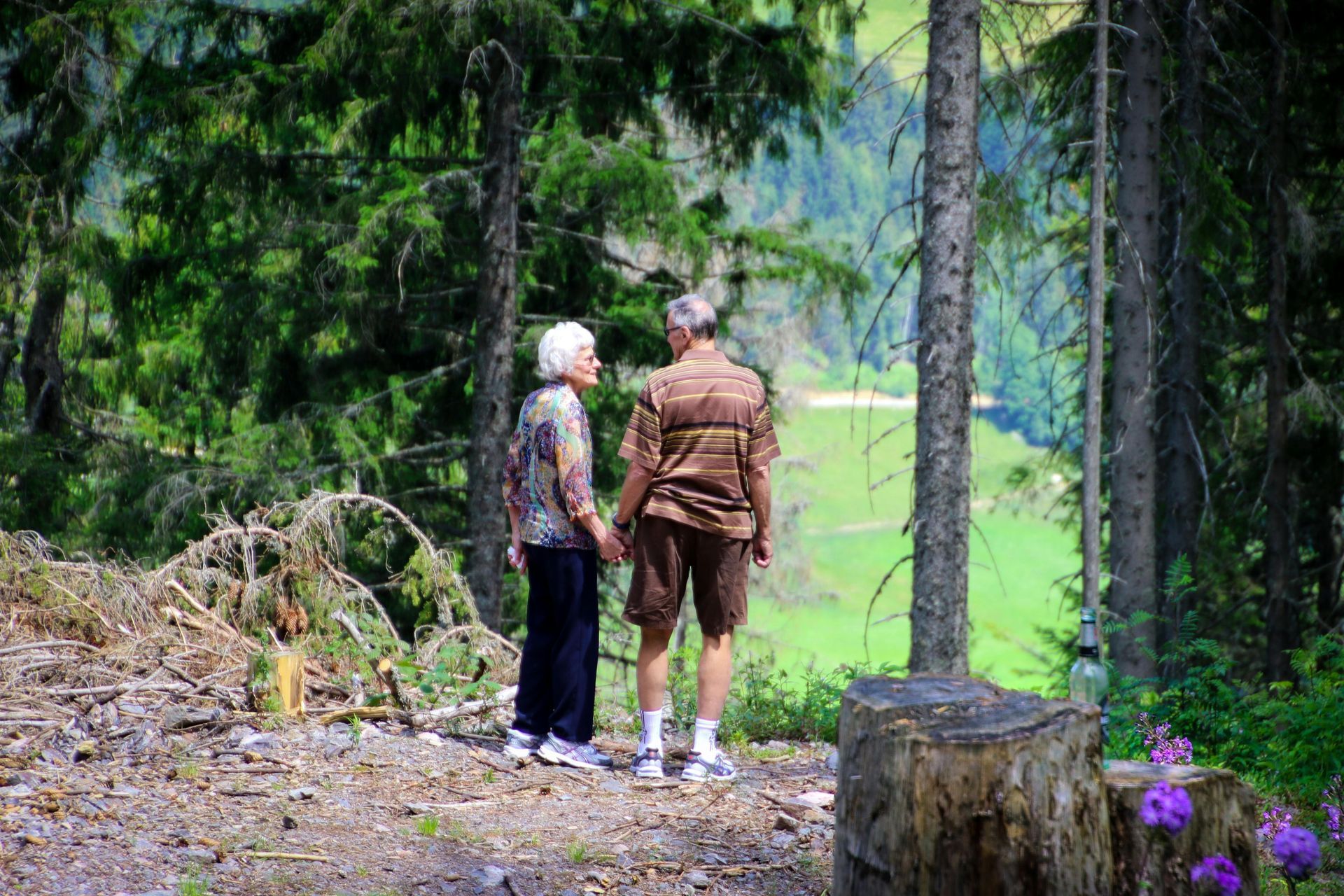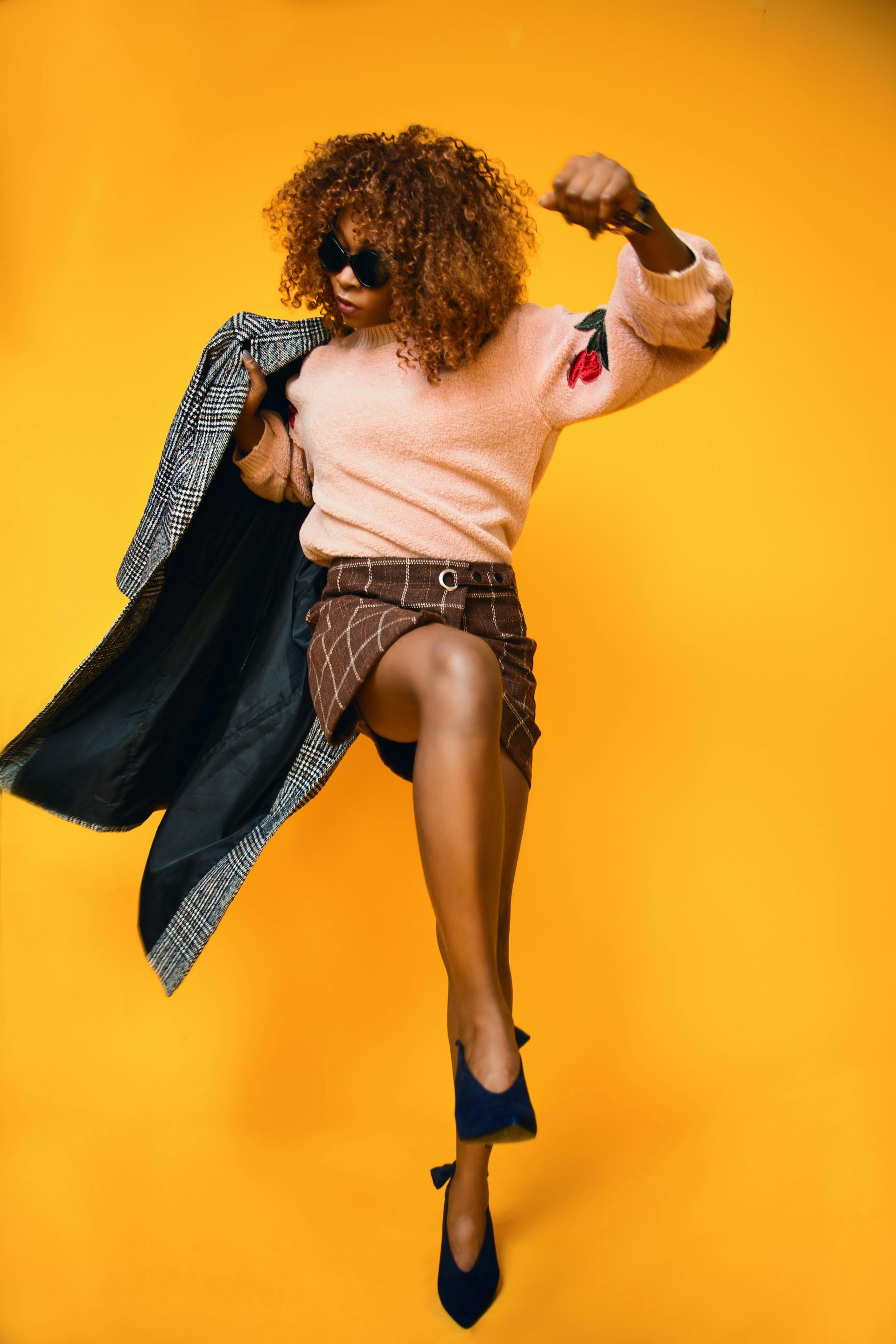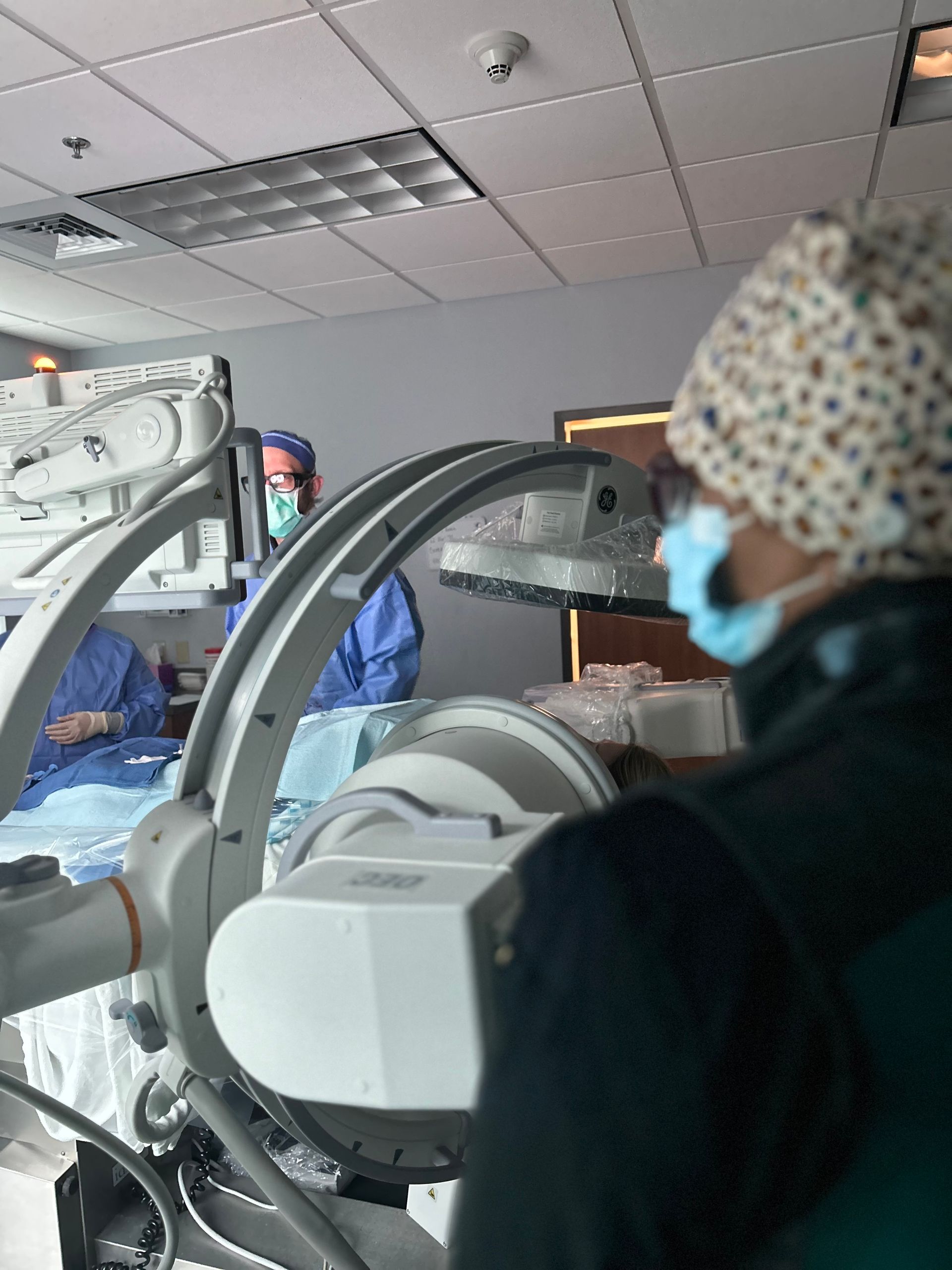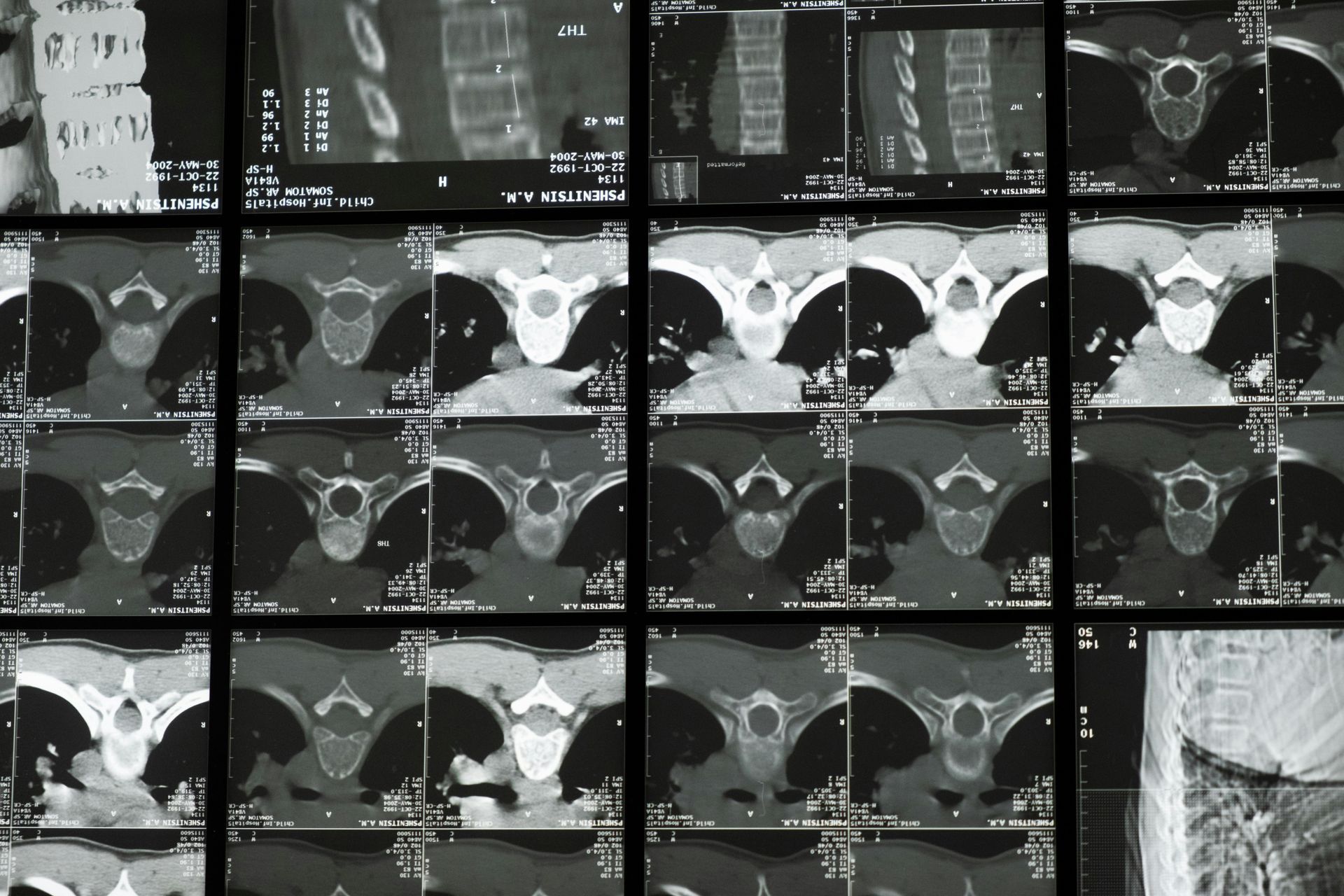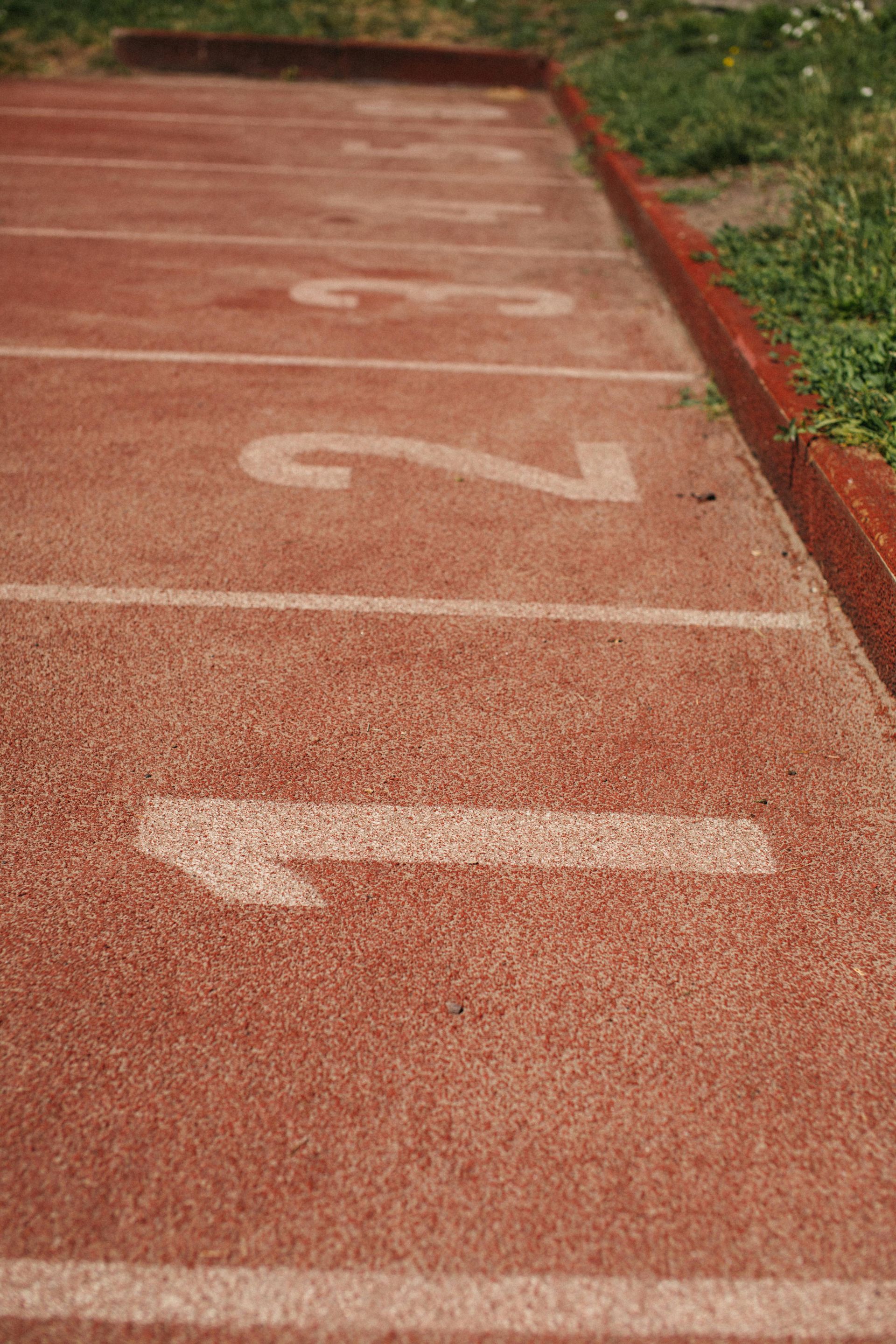VenaSeal Now Available
Murfreesboro Vascular and Interventional is pleased to offer the new FDA approved ‘Venaseal procedure’, as an alternative to the surgical procedures for varicose veins. Venaseal is an injectable adhesive which treats the underlying source of varicose veins, reversal of venous blood flow or reflux in the great and small saphenous vein. If you have visible varicose veins or unsightly spider veins in your thigh or leg, the Venaseal procedure may be a good alternative to other varicose vein treatment options available at MVI.
In addition to being unsightly, varicose and spider veins can cause physical discomfort. Patients can report itching, heaviness, stinging, burning, throbbing, swelling, skin changes including leg ulcers, night cramps and restless legs. These symptoms and complications come from pooled or trapped blood in your leg veins.
Venaseal effectively treats the underlying cause of your varicose veins without surgery, putting an end to your discomfort and unwanted visible effects of venous disease without a lengthy recovery time. The unique features of Venaseal include no requirement for compression hose after treatment, no tumescent local anesthesia and immediate return to normal activities.
Your Venaseal Treatment For Varicose Veins
At your initial consultation, we will evaluate your legs to determine if you are a candidate for the Venaseal procedure or if another procedure would be better for your unique needs. Our staff will then schedule a treatment appointment and provide you with instructions about what you should do or avoid prior to your treatment based on your health, medications and lifestyle.
Venaseal uses a unique approach for treating varicose veins. It involves a new form of endovenous closure of the unhealthy saphenous vein without the need for tumescent local anesthesia or the risks associated with thermal-based closure treatments. In clinical studies , the procedure has been deemed safe and effective. Patient results were consistent across three major studies, and success rates were over 97 percent. Venaseal seals the vein shut without the need for heat energy eliminating the need for oral sedation, and tumescent local anesthesia and reducing the risks making it one of the safest options available to treat varicose veins without surgery.
The procedure starts with the injection of a local anesthetic to numb the injection site. With the aid of an ultrasound guidance, your doctor will insert a small catheter or tube into the affected area of the saphenous vein in your leg. The catheter will not cause pain and is thinner than a small straw. If you notice the catheter at all, it will only cause a slight feeling of pressure or pulling. Once the catheter has been successfully placed, the Venaseal treatment solution is injected into your vein at several different points. The doctor uses manual compression to close the affected vein, forcing the blood to reroute to nearby healthy veins.
What To Expect After Your Venaseal Varicose Vein Treatment
Your post-treatment care will be tailored to meet your needs. This will usually be discussed during your consultation and again before the procedure. You will have a small bandage on the puncture site where the catheter was inserted, similar to what you would have after a routine blood draw. Your doctor will provide you with instructions for changing the bandage and tips for keeping it dry.
You may be told to rest after your procedure depending on your health status. However, many healthy people who have had Venaseal treatments returned to their normal daily activities immediately after treatment. If there is anything specific you should avoid after your procedure, your doctor will tell you prior to administering the treatment.
Following your Venaseal treatment, the swelling and discomfort associated with your varicose veins will disappear quickly and the bulging veins will noticeably improve over time. As the weeks pass, the unsightly bluish color will begin to fade as well. Any bulging or symptomatic varicose veins which do not totally resolve over time can be simply removed with a minor office procedure ‘microphlebectomy.’
Schedule A Varicose Vein Treatment Consultation
The consultation is your initial meeting with the staff at Murfreesboro Vascular and Interventional. This is the visit where we evaluate your health history and set leg health goals. We will review all of our treatment options with you and help you select the right treatment plan based on your individual needs and health. Our overall goal is to help you enjoy ‘healthy veins for life’ while avoiding surgical intervention whenever possible.
If you think of any questions before your consultation, we urge you to write them down and bring them along with you for your initial appointment. After that first consultation, our staff is also available to address your questions or concerns about your venous evaluation and treatment plan. They are also here to assist with finding the right compression stockings or sleeves that may help you before and after your treatment, contact us anytime for assistance.
To learn more about how to treat varicose veins without surgery or to schedule a venous evaluation to see if the Venaseal treatment is right for you, please visit our Contact page.


